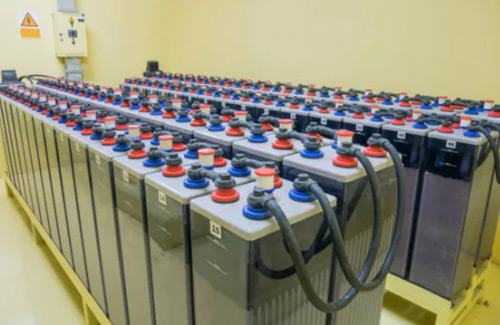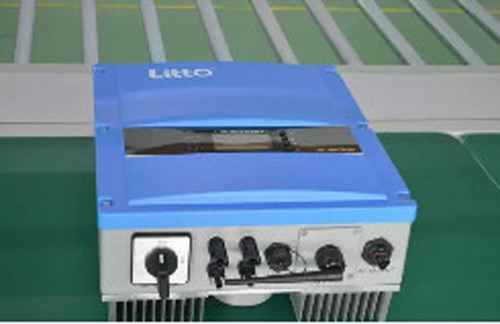On the inverter types and differences
Depending on your specific needs and requirements, you can choose from a variety of different types of inverters. These include the square wave, modified square wave, and the pure sine wave inverter. They all convert the electrical power from a DC source into alternating current, which is used by appliances. The inverter can also be adjusted to produce the voltage you need.
If you are interested in purchasing a new inverter, you should calculate the total power consumption of your appliances. The overall power rating of an inverter describes how much power the device can provide to the load. This is usually expressed in watts or kilowatts. You can also find an inverter with a high rating for maximum power, but this is usually more expensive.
One of the most basic types of inverters, the square wave inverter, converts a DC source into a square wave AC output. This wave is relatively low in voltage and current, making it ideal for low-sensitivity applications. It is also the cheapest inverter type. However, this waveform can create a "humming" sound when connected to audio equipment. It's not well suited for sensitive electronics and other equipment.
The second type of inverter, the modified square wave, converts a DC source into alternating current. It's more effective than the square wave, but not quite as smooth. This type of inverter can take several minutes to kick in. It isn't a good choice for appliances that need a quick start-up. In addition, the THD factor (total harmonic distortion) of the wave can be high, making it difficult for certain applications. The wave can also be modified to produce a pulsed or modified sine wave.
Inverters can be designed with a variety of different power circuit topologies, each of which addresses different issues. Inverters can also be used to produce modified sine waves, pulsed or modified square waves, or pure sine waves. You can also choose a voltage-fed inverter, which has the characteristics of a buck-converter. These types of inverters are typically smaller, lighter, and less expensive than transformer-based inverters.
Inverters also have the option of using a thyristor circuit. The thyristor circuit is controlled by a commutation capacitor, which controls the flow of current. This allows the thyristors to provide a large power handling capability. There are also forced commutation circuits that can be added to the SCRs.
A third type of inverter, the multilevel inverter, can generate high AC voltage from lower-rated devices. This type of inverter uses a variety of different circuit topologies to optimize switching losses. It can be made as a series or parallel circuit. It can also be used in a standby power supply to eliminate the switchover transient.
Besides the types of inverters mentioned above, you can also use a variable frequency motor control inverter to improve the waveform and to allow you to adjust the output voltage. This type of inverter can also use a variety of different control strategies to optimize the inverter's efficiency.de.


Post time: Dec-26-2022







